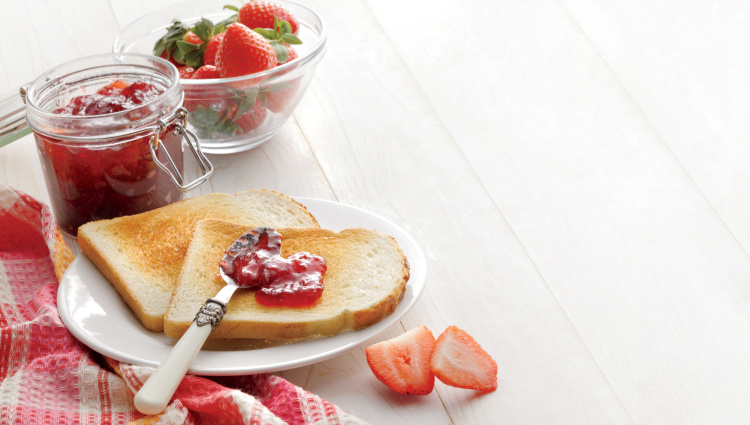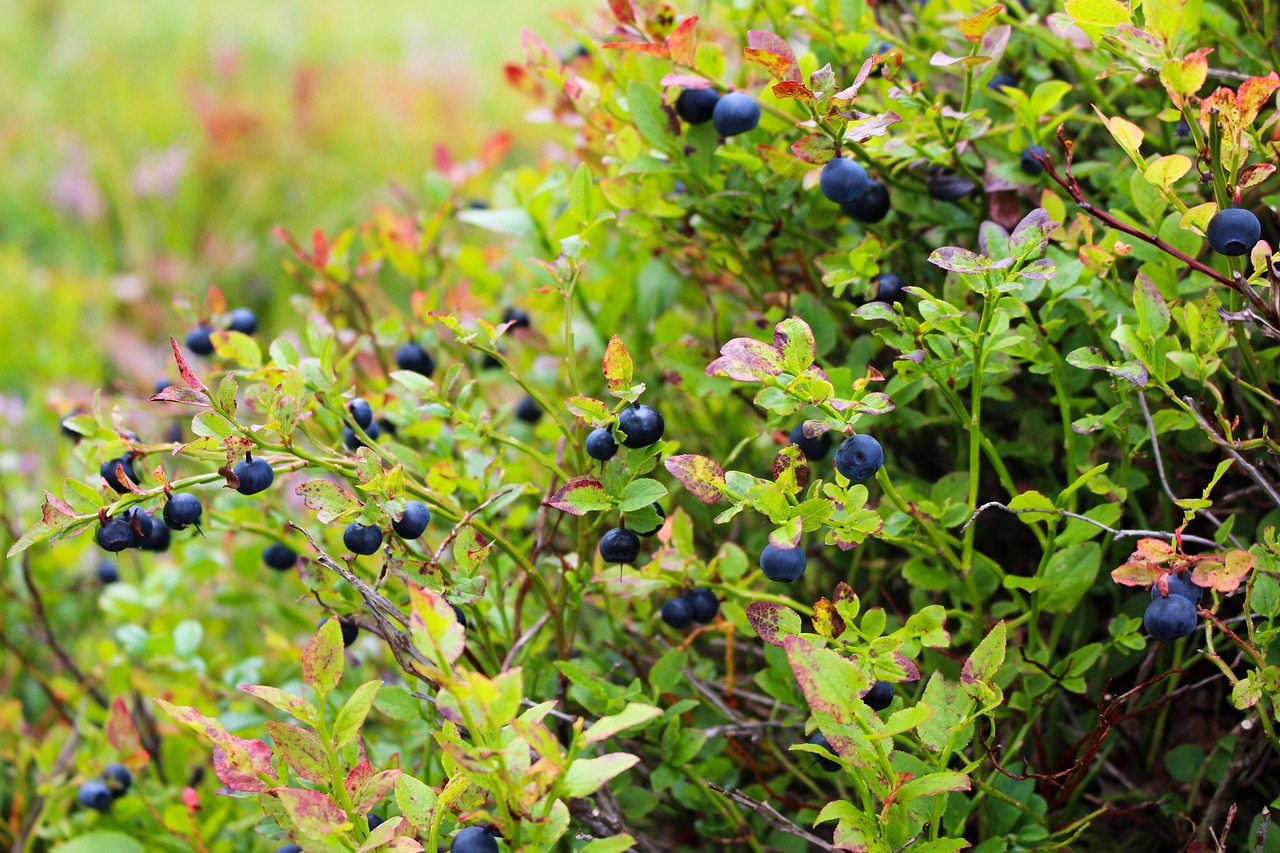Home > Oklahoma > Oklahoma Agritourism > Why You Should Visit Oklahoma’s Award-Winning Jelly Making Trails
Why You Should Visit Oklahoma’s Award-Winning Jelly Making Trails

A resounding sweet success in its first years, Oklahoma’s innovative Jelly Making Trails will undoubtedly stick around awhile.
Founded in 2016, the Jelly Making Trails highlight nearly 50 U-pick fruit, vegetable and herb farms on six trails across the state. The program entices Oklahomans to follow their nearest regional trail to harvest blackberries, strawberries, blueberries, peaches and other fresh finds for making jellies and healthy meals.
“The response to the Jelly Making Trails is phenomenal,” says Meriruth Cohenour, agritourism coordinator for the Oklahoma Department of Agriculture, Food and Forestry (ODAFF), which created the award- winning marketing campaign. In 2017, the trails won the Marketing in Excellence Award from the North American Agricultural Marketing Officials.
“The consumers who visit these farms really love the playful aspect of the campaign, but it also educates them about the crop they are picking,” Cohenour says. “The biggest response is that the map showed them places to pick other crops throughout the state. It drove consumers to see other farms, not just the one they were visiting.”

Oklahoma Jelly-Making Trails Lead to Fruits and Fun
Replicating established tourism trails like the Oklahoma Wine Trail or California Cheese Trail, the Jelly Making Trails focus on specialty U-pick crops, such as blackberries, strawberries, blueberries and peaches – well – known Oklahoma fruits that also make great jelly.
Agape House Berry Farm, which produces blackberries, strawberries and soon blueberries, southwest of Oklahoma City, joined the Jelly Making Trail the first year. The trail attracted people who didn’t know about their farm, and it gave repeat customers a map to explore more Oklahoma goodness.
“We love the agritourism aspect with having the U-pick farm and having kids and families coming out,” says Pati Colston, who owns the farm with husband, John. “The Jelly Making Trail has been a lot of fun. It’s similar to the wine-making trail with vineyards. People will get their map, look at the different fruit farms and try to visit as many as they can.”
ODAFF supplied the trail’s farms with maps, jelly jar labels, stickers and field signs to educate pickers. The metal signs give random facts, such as how artists used blueberries to make blue paint in the 1800s or that blackberries contain the highest antioxidant content of any fruit.
“The reason we wanted to start this was to help consumers find places in their community that they could go experience a farm, but also pick and buy healthy produce,” Cohenour says. “We wanted to not only help producers increase their business, but also help consumers find and buy products being produced in their community.”

Oklahoma Jelly Making Trails Jam More In
In 2017, ODAFF’s agritourism division updated the Jelly Making Trails map with additional farms, crop facts, and jelly-making tips and recipes. In 2018, Oklahomans will see more farms and more online resources, such as videos on jelly making. The videos intend to help those intimidated by the jelly-making process or those who simply need a refresher on how Grandma used to make it.
With that educational aspect in mind, the Oklahoma Cooperative Extension Service has hosted county bus tours on the trails and ended the day in the kitchen with demonstrations on jelly making.
“We’re just thrilled to be a part of the trail and the agritourism program in Oklahoma,” Colston says. “It’s growing in our state, and the Department of Agriculture and its agritourism program is doing a great job to help us farmers.”



